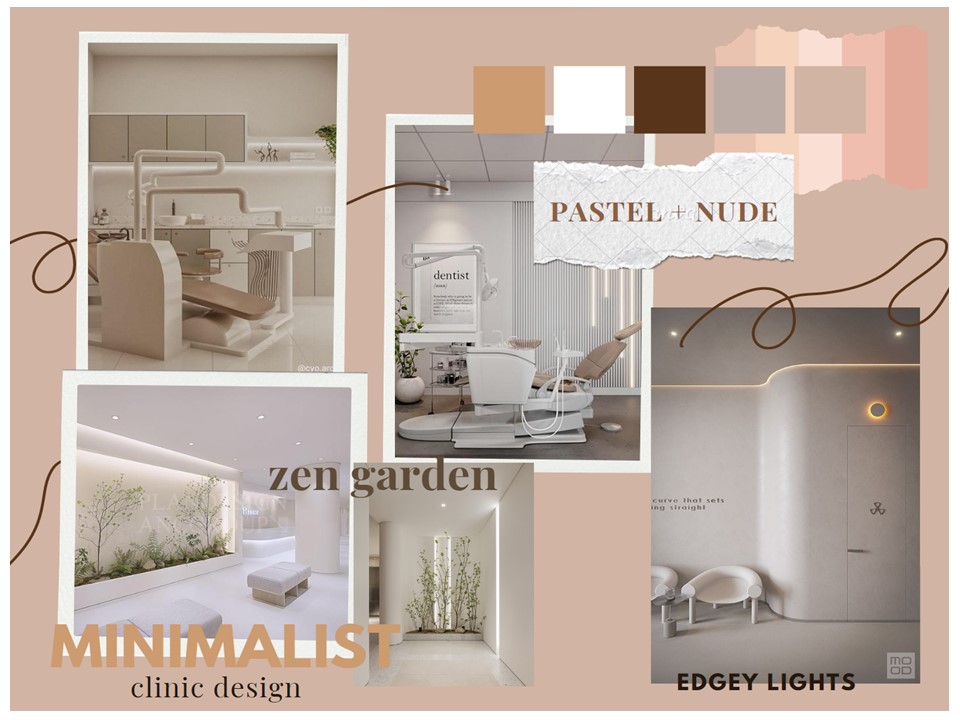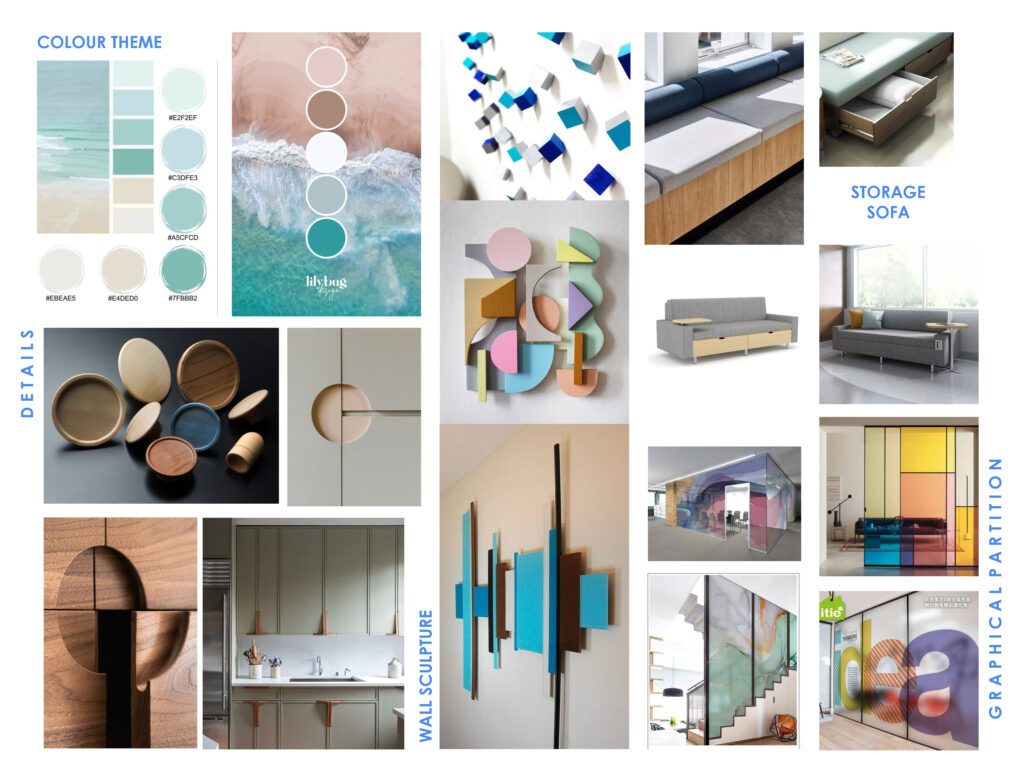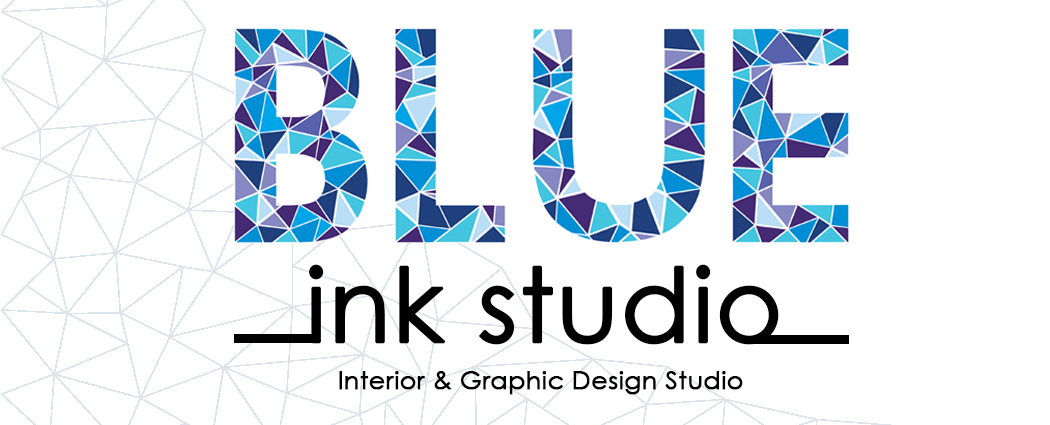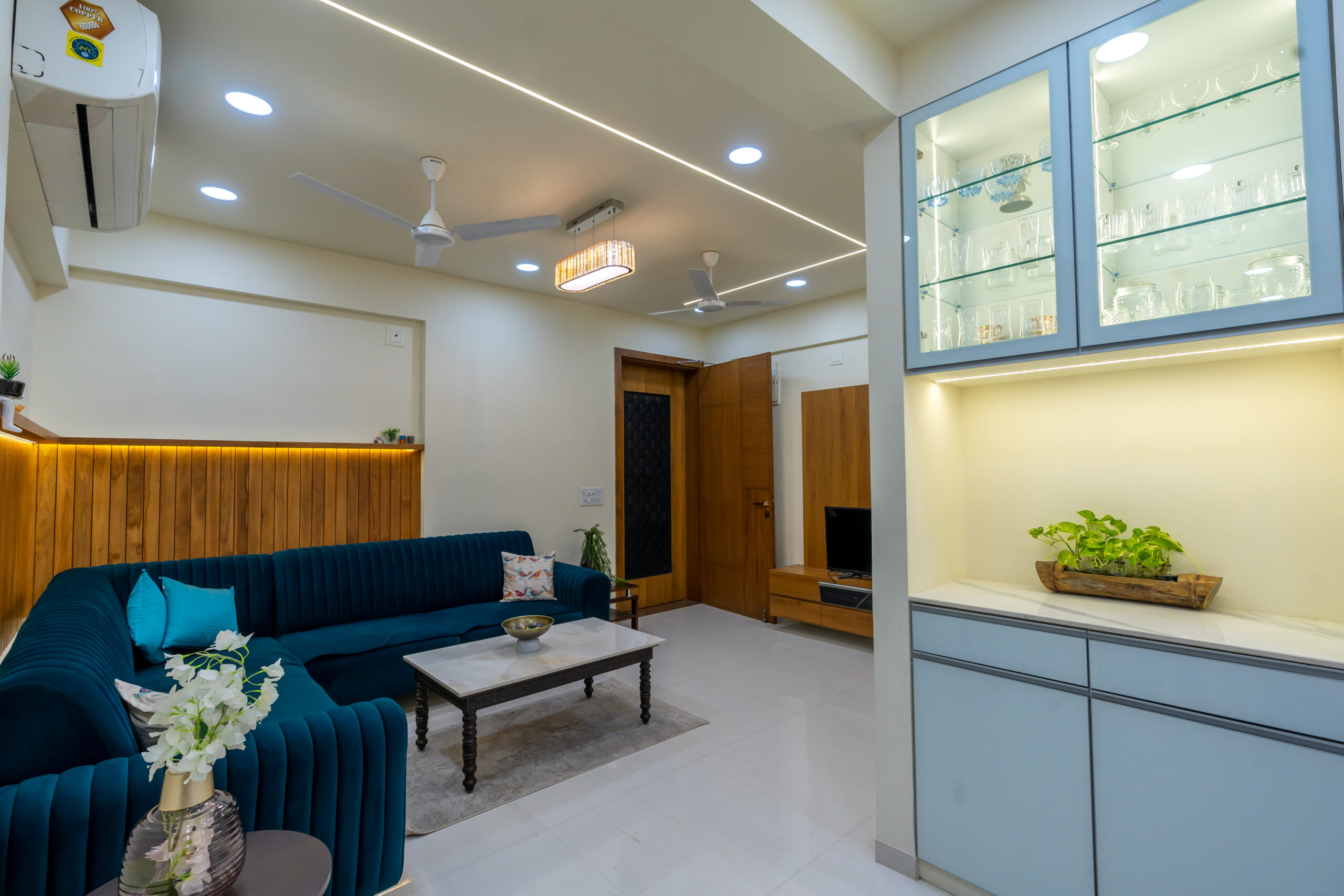CONCEPT IN INTERIOR DESIGN
In interior design, a concept refers to the overarching idea or theme that guides the design of a space. It is the central concept or vision that informs all design decisions and elements within a room or an entire interior. Developing a concept is one of the fundamental steps in the interior design process, and it helps to create a cohesive and harmonious design scheme.
Here are some key aspects of a concept in interior design:
Inspiration: The concept often starts with inspiration, which can come from a variety of sources such as the client’s preferences, the architectural style of the space, a particular color palette, a specific era or culture, nature, art, or even a unique piece of furniture. This initial inspiration serves as the foundation for the design concept.
Theme: The concept establishes a theme or a unifying idea for the interior space. This theme can be abstract or concrete, but it should reflect the client’s goals and preferences while also considering the functionality of the space.
Mood and Atmosphere: The concept defines the desired mood and atmosphere for the space. For example, a concept for a cozy, rustic cabin might focus on creating a warm and inviting atmosphere through the use of natural materials and earthy colors.
Design Elements: The concept guides the selection of design elements such as colors, patterns, materials, furniture, lighting, and accessories. These elements should be chosen to align with the concept and contribute to its realization.

Consistency: A well-developed concept ensures consistency in the design. It helps designers make choices that work together harmoniously, creating a cohesive and visually appealing interior.
Flexibility: While the concept serves as a guiding principle, it should also allow for flexibility to accommodate the practical needs and preferences of the occupants. It’s important for the concept to be adaptable to changes and evolving design decisions.
Communication: The concept is a critical tool for communication between the designer and the client. It helps convey the designer’s vision and ensures that the client’s expectations are met.

Examples of interior design concepts include:
Minimalist: A concept focused on simplicity, clean lines, and a “less is more” approach to design.
Vintage: A concept that draws inspiration from a specific era or time period, incorporating antique or retro elements.
Coastal: A concept inspired by coastal or beachside living, featuring colors and materials associated with the seaside.
Industrial: A concept that embraces raw materials, exposed structural elements, and a warehouse-like aesthetic.
Zen: A concept centered on creating a sense of tranquility and balance through minimalism, natural materials, and a focus on mindfulness.

Ultimately, a well-defined concept is a key component of successful interior design, helping to create spaces that not only look visually appealing but also function effectively and reflect the client’s personality and preferences. In interior design, a concept refers to the overarching idea or theme that guides the design of a space. It serves as the foundation upon which all design decisions are made, helping to create a cohesive and harmonious interior environment. The concept is like a design narrative or story that communicates the designer’s vision and intent for the space.




Concepts are much clear with this blog. Ms.Lipsa i would like to read more about interior design work and process . looking forward for more posts from you. Blue Ink Interior works really nice.